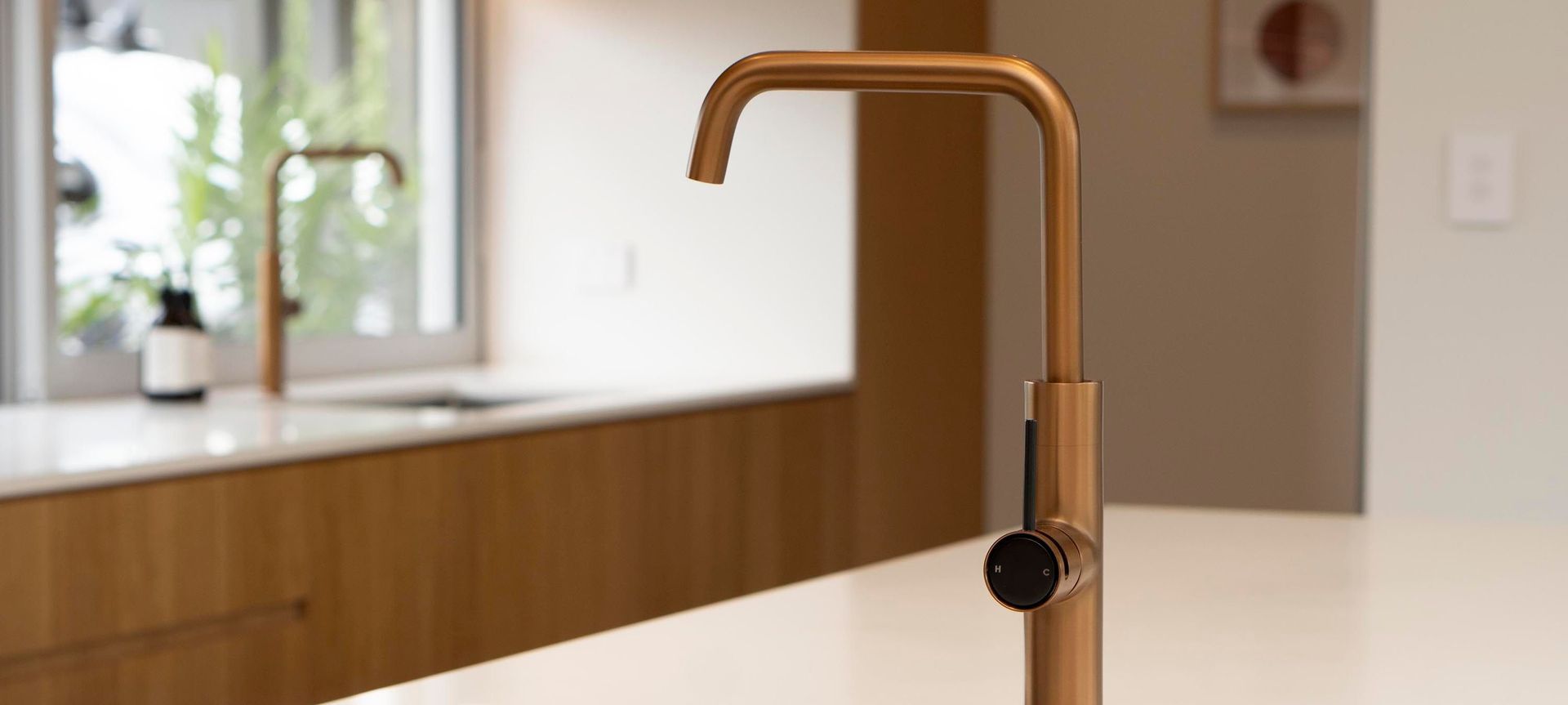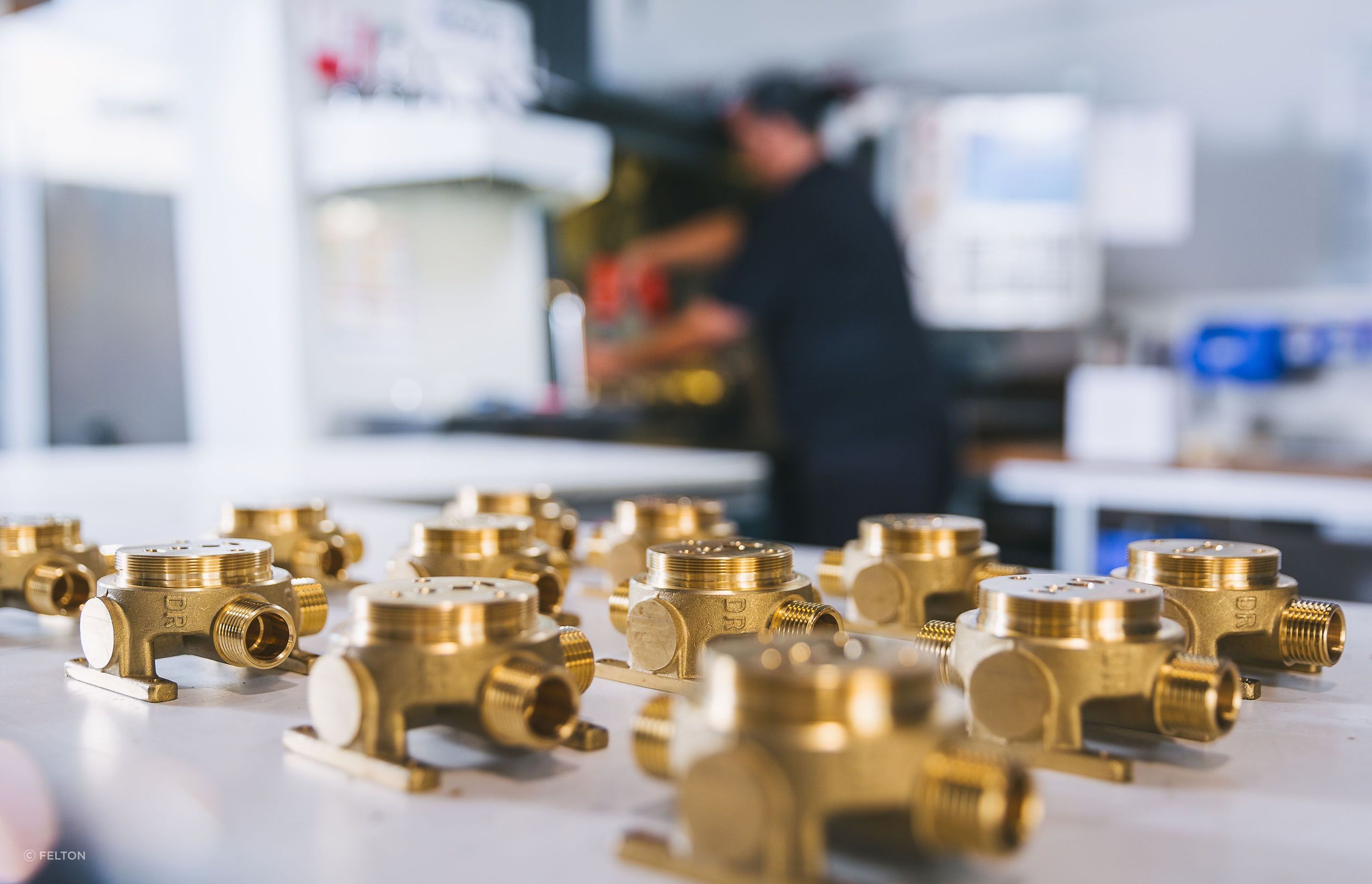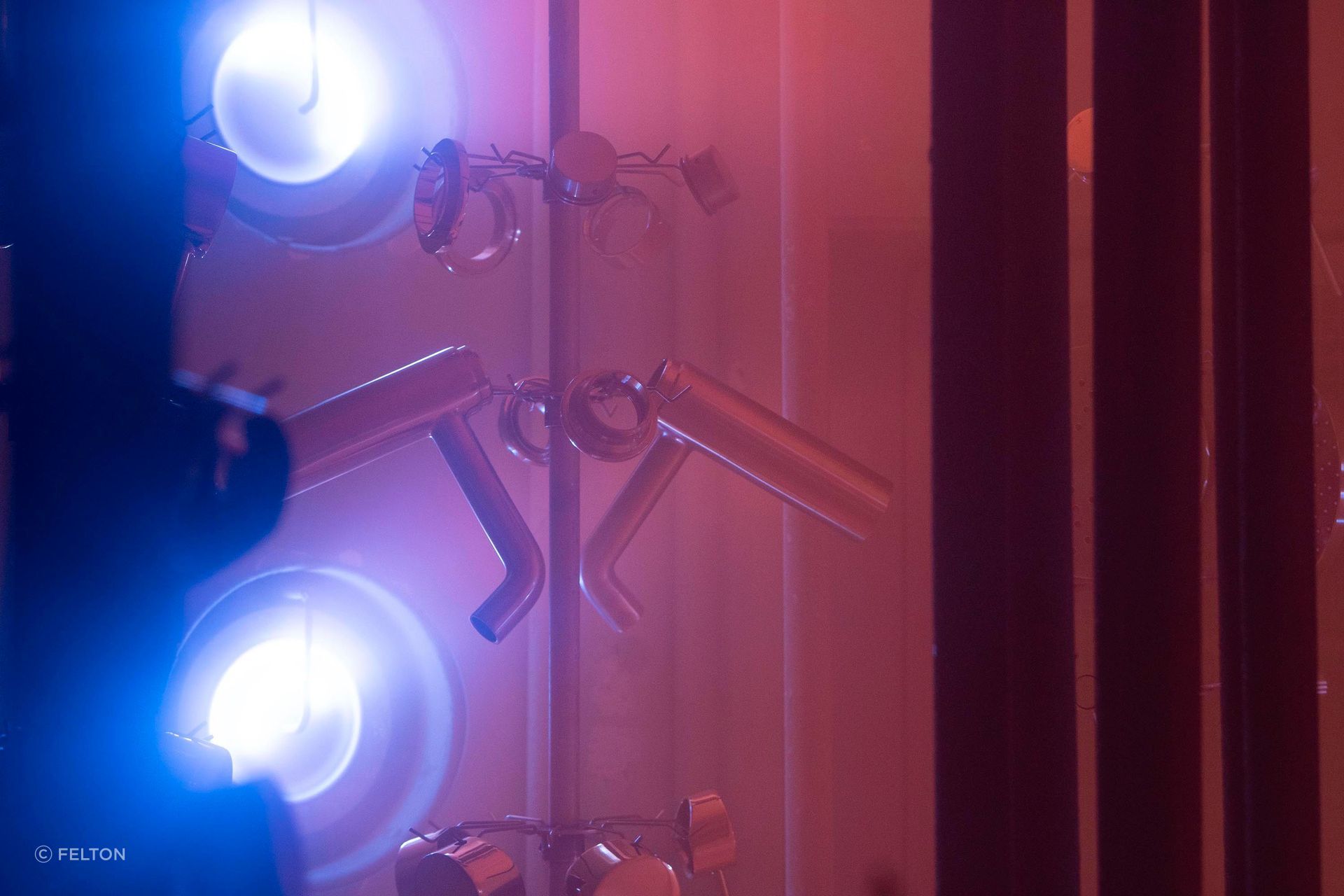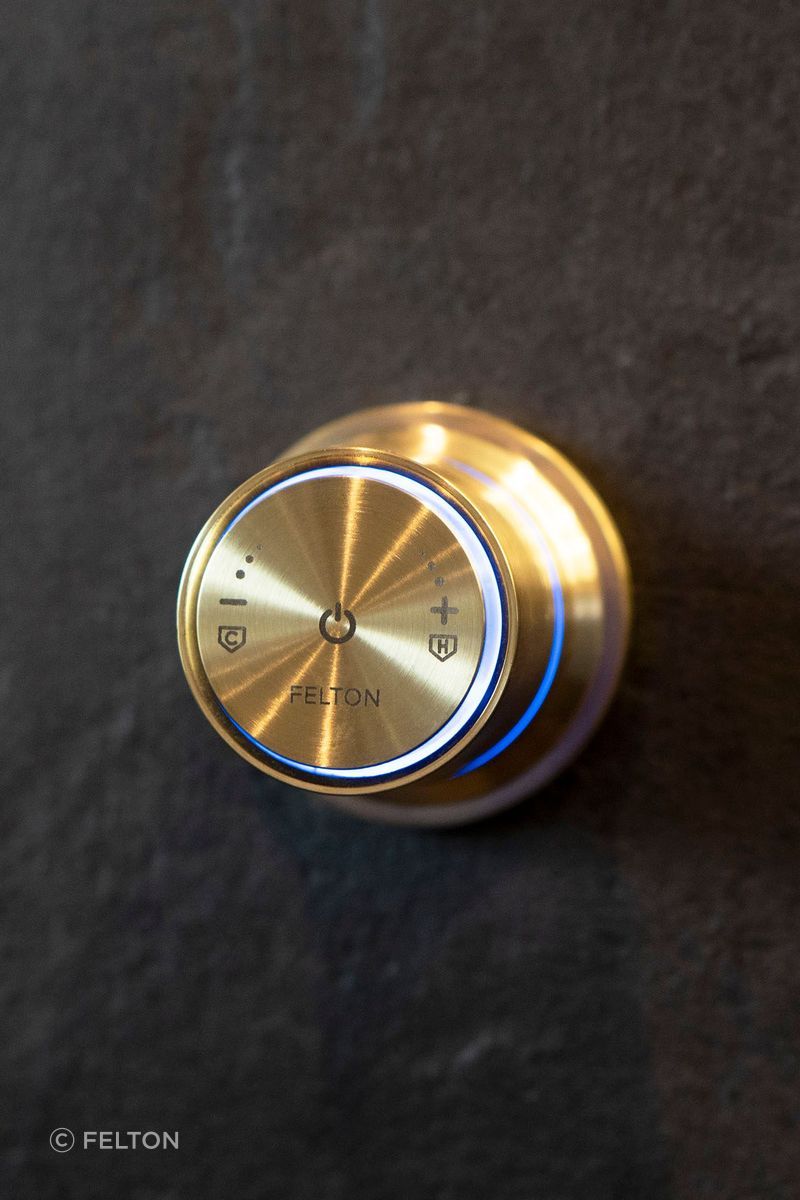Unlocking innovative product design: behind the scenes with Felton
Written by
18 October 2023
•
5 min read

Still proudly New Zealand owned and operated, Felton has been developing innovative shower and tapware since 1968, firmly establishing the company as a leader in the industry. While the passion and dedication for quality product development has been at the heart of their business from the beginning, the team has sought to continually improve their skills, technology, and design process to deliver the very best in bathroomware, all in-house.
To learn more about Felton’s approach to design, ArchiPro sat down with Felton General Manager, Roger Marty, to discuss the ins and outs of their product journey from concept to completion, and how the addition of new technology allows them total control of every aspect.
Concept to completion: the product design journey
The product design journey starts by identifying the issue, trend, or problem requiring attention. This process is undertaken for both development of existing and new products, and includes significant input from Felton customers.
“We like to interview people and then classify and analyse their feedback — taking into account their personality type and involvement with the product (either specifier, installer or end-user). We will then provide them with solutions, concept models, and renders, and evaluate their feedback to those. We continue through our internal process following a ‘stage gate’ process, but always with that voice of the customer in mind,” says Roger.

Felton defines its point of difference by its in-house design and manufacturing process. “We’ve internalised the most important parts of the design process, utilising tools such as CFD and CAD software, a certified laboratory, research and development and design teams, and subtractive and additive tools all on site. Through our modular approach to design we’ve actually been able to offer our merchant partners their own exclusive designs while retaining common platforms, to make servicing straightforward. Having common Felton ‘engines’ for things like shower valves and spouts make installation and servicing easy for plumbers.”
Alongside the aforementioned customer interviews, the Felton team dedicates a lot of time to understanding trends and product innovations making waves in the industry.
“Our team will travel to the bigger international shows, such as ISH Frankfurt (held every 2 years), and monitor trends, including forms and finishes. We keep an eye on trends throughout the whole bathroom. For example, bathroom cabinetry needs to complement, rather than compete with, any tapware and accessories fitted with it; mixers need to complement the styles, colours and scale of the fittings around them, and so on,” Roger says.
The sales team plays a big part in identifying trends and highlighting any problems or issues. Customer feedback is reported by the team each week, and this augments formal qualitative and quantitative market research of both retail partners and plumbers every 18 months.


Embracing new technology with the Titan PVD
“To remain competitive, we’re always looking for ways to elevate our production technology,” Roger explains.
Elements of the production process that were once outsourced have now been brought in house with the addition of the Titan PVD machine, allowing Felton to complete all non-chrome finishing on site.
Titan PVD colour finishing technology produces a strong and durable coating that enhances the product’s strength and longevity. The PVD (Physical Vapour Deposition) process uses an airtight chamber to create a vacuum. An inert gas, such as nitrogen, is used as a medium, and the tap bodies, which are negatively charged, attract positively charged metallic particles. By combining different metal targets and gases, a range of finishes can be achieved to suit your specific needs.
“The Titan PVD is our solution for better servicing the increased demand for non-chrome finishes. It’s still early days, but we’re aiming to service requests for brushed or bright non-chrome finishes within days, rather than weeks. And, through cooperating with other suppliers, we’ll be able to offer a better coordinated approach to colours throughout the bathroom,” Roger explains.
“Using PVD finishing we’ve actually made some changes to our designs. For example, our latest shower, the Aerlux, has been designed in a modular way so that we can easily add different finishes and colours.”



Designing with sustainability in mind
Resource conservation is top of mind for Felton, who seek to find solutions that save both water and the energy used to heat water.
“For example, our digital/electronic mixers work with water-saving in mind. They are not only thermostatic, but on start-up, only water from the hot supply pipe is used until the mixer reaches a set temperature.”
“We have also implemented a number of initiatives to reduce our footprint throughout the manufacturing process, including recycling water. We maintain and look to constantly improve on our environmental management system, and are certified to ISO14001. Waste is minimised throughout the manufacturing process, and recyclable and recycled materials are used when we ship products to our retailers. Using the Titan PVD is also a more sustainable option as it requires less energy and fewer chemicals than traditional coating processes such as electroplating,” Roger says.
Looking ahead to the next 12 months, Felton is aiming to provide consumers with information on sustainable use through the introduction of an app where users can see how much water and energy they are using in real time.
We're here to help if you couldn’t find what you were looking for on our site or have questions, comments or suggestions about FELTON and our products. Enter your details with a message below and we will be in touch soon.